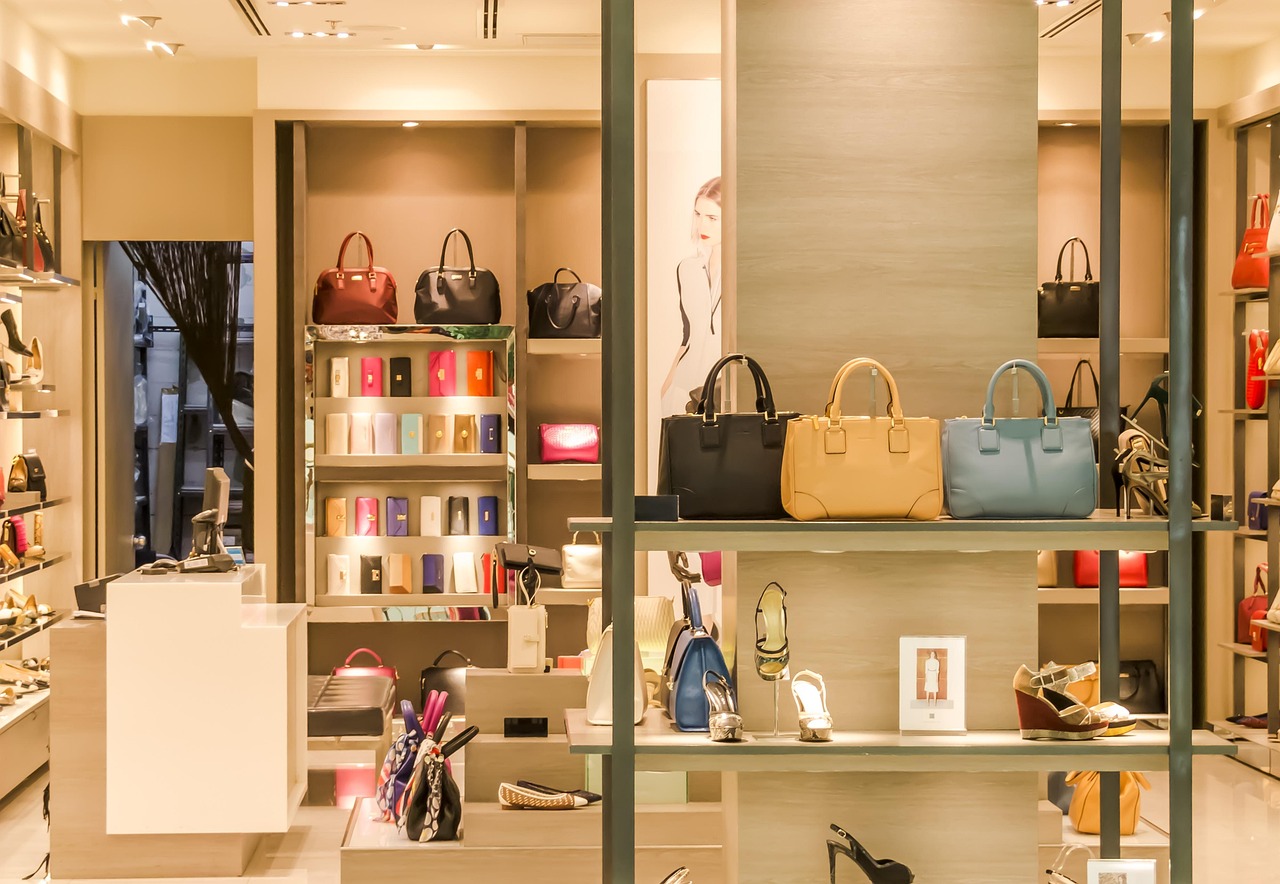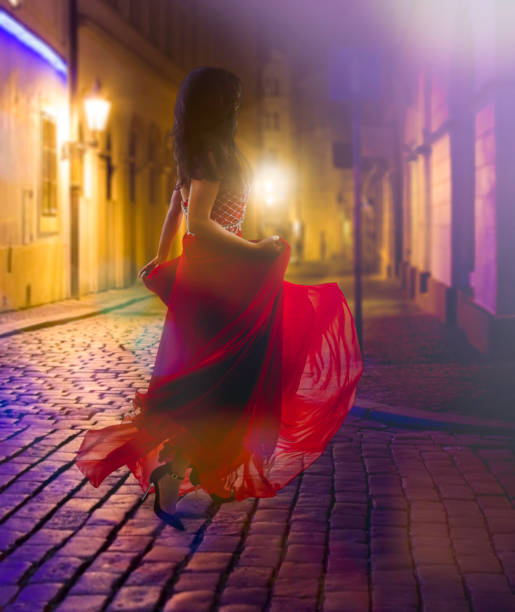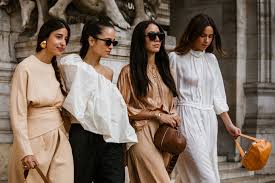
Capsule wardrobe building is a process that requires time, thought, and a bit of experimentation. Begin by identifying the items you truly rely on day to day – and those that haven’t seen as much wear as you initially imagined. Once you’ve pinpointed your essential pieces, it becomes much simpler to recognize any gaps in your collection. Keep in mind that everyone’s style is different – what feels indispensable to one person might be unnecessary to another. For instance, while your friends may live in their loafers, yours might be gathering dust at the back of the closet. In that case, consider passing them on to someone else and making room for something that fits your lifestyle better – perhaps a great pair of boots instead.
Designer handbags may ebb and flow with fashion trends, but a select few shapes remain eternally stylish. Consider these pieces timeless investments—just like a perfectly tailored blazer, crisp white shirt, or classic denim. A well-chosen handbag is a cornerstone of any capsule wardrobe, with an option suited to every mood, season, and aesthetic. The only challenge? Finding the one. That’s easier said than done. Before committing to a significant purchase (especially since certain designer handbags appreciate in value on the resale market), it’s worth asking yourself a few key questions: What role will your bag play in your wardrobe? Do you prefer smooth, patent, or suede leather—or are you opting for a non-leather alternative? Are you more drawn to legacy houses or emerging contemporary brands? And finally, are you searching for a statement piece that turns heads or a refined essential that whispers luxury?
Vintage clothing has seen a surge in popularity over the past few decades, though its roots stretch back for centuries. The word “vintage” originates from the French term vintage, meaning “of an earlier time.” It first appeared in the 1920s to describe items that evoked styles from previous eras. By the 1940s, however, the concept of “vintage” gained traction as people began to seek out and cherish these timeless pieces. Leaving behind corsets and top hats, the style of vintage fashion we recognize today truly took shape in the 1960s. Influenced by Woodstock and the Kennedys, the hippie movement promoted an anti-consumerist mindset. Individuals embraced this philosophy by opting for a handful of well-made garments rather than indulging in mass-produced fast fashion.
Women’s clothing represents much more than garments—it embodies individuality, passion, choices, and a form of self-expression. Across the globe, women’s fashion brands, from elite luxury houses to popular fast fashion labels, constantly push creative boundaries and showcase their artistic flair. Whether your taste leans toward timeless sophistication, contemporary elegance, or minimalistic style, here are the top 20 women’s fashion brands in the world. Women’s clothing by Chanel has dominated the fashion scene with grace and refinement for over a century. Founded by Coco Chanel, the brand is celebrated for its signature tweed jackets, quilted handbags, and exquisite couture collections. Chanel’s creations symbolize luxury, comfort, and femininity—qualities deeply admired by celebrities and fashion enthusiasts alike.
Men’s clothing took on a new level of sophistication when Ralph Lauren introduced his fashion brand in 1967, aiming to share timeless and refined American style with the world. Recognized as one of the leading men’s clothing brands globally, Ralph Lauren’s hallmark designs blend British aristocratic elegance with the rugged charm of the American West. The Purple Label stands as the pinnacle of luxury menswear, while Polo Ralph Lauren remains the brand’s most iconic line. Ralph understood that men seek style that appears effortless yet refined. Men’s clothing also reached new heights with the founding of Gucci in 1921 in Florence, Italy. Over the decades, Gucci has grown into a powerhouse of global luxury and one of the most admired men’s fashion brands worldwide. Offering an extensive selection of menswear, Gucci combines exceptional craftsmanship with bold patterns and high-end fashion.
Plus-size clothing is often misunderstood, and many women aren’t aware of their true size. Transitioning from straight to plus sizes can feel confusing since there’s no clear conversion system—an XXL in straight sizes doesn’t necessarily match a 1X or 2X. Even within plus sizes, every brand fits differently. How many times have you wondered, What size am I, really? Typically, plus-size clothing begins at women’s size 18 and above. “Missy” or “straight” sizes generally run from 00–16/18 or XXS–XXL, while plus sizes range from 12W–28W and 0X–4X or more. Interestingly, the average woman wears a size 16–18. At Stitch Fix, we believe that every body deserves clothing that fits perfectly, feels incredible, and celebrates individual style. Plus-size fashion now plays a significant role in the retail world, giving long-overlooked sizes the spotlight they deserve.
Athleisure wear is a fusion fashion style that blends athletic apparel with casual everyday clothing. The term is a combination of the words “athletic” and “leisure.” Outfits in this category often include items like tracksuits, sporty jackets, hoodies, yoga pants, leggings, sneakers, flats, Birkenstocks, Uggs, and shorts that resemble or complement workout attire. Described as “stylish, elevated activewear,” athleisure wear gained momentum in the mid-2010s, following the rise in popularity of yoga pants during the mid to late 2000s. This fashion trend offers North American women the flexibility to wear sporty, comfortable pieces in their daily wardrobes, regardless of whether they participate in exercise. Athleisure wear represents a modern movement within the fashion industry, made possible through innovations in fabric technology and the advancement of performance textiles.
Sustainable fashion refers to the approach brands take to design and produce clothing that minimizes environmental harm while ensuring fair treatment of the people involved in its creation. In essence, it’s fashion that is both ethically produced and eco-friendly. Although this concept seems straightforward, achieving sustainability often comes with higher costs, which can lead to smaller profit margins. For the fashion industry to truly embrace sustainability,consumers must either be prepared to pay a premium for responsibly made products or stop supporting companies that disregard environmental and ethical concerns. Fortunately, this cultural shift appears to be underway, as younger generations with stronger environmental values gain more influence in the marketplace.
Fast fashion trends have drastically transformed the way clothing styles are created and consumed. In the past, the fashion industry revolved around two main seasons—Spring/Summer and Fall/Winter. Today, however, brands such as Zara and H&M have pioneered a model featuring more than 52 “micro-seasons” each year, introducing new collections almost every week. This fast-paced production strategy enables companies to respond instantly to consumer preferences, offering clothing that mirrors the newest trends in real time. The constant need to deliver fresh apparel has reshaped how brands handle their supply chains and production processes, guaranteeing that new designs are always on the racks
Streetwear brands may be a buzzword today, but their roots stretch back to the late 1980s and early 1990s. Emerging from the underground hip-hop culture of New York City and the surf, skate, and graffiti movements of Los Angeles, this rebellious style soon found a home in the bustling streets of Tokyo and Seoul, where it evolved and thrived. Established by Teddy Santis in 2014, Aimé Leon Dore has accomplished in less than a decade what many labels strive for over a lifetime. Drawing inspiration from retro basketball apparel and blending it with a cozy, vintage charm, ALD delivers an aesthetic that’s both nostalgic and refined. Although their pieces come with premium price tags, collections still sell out in moments — a true testament to the power of hype.



